




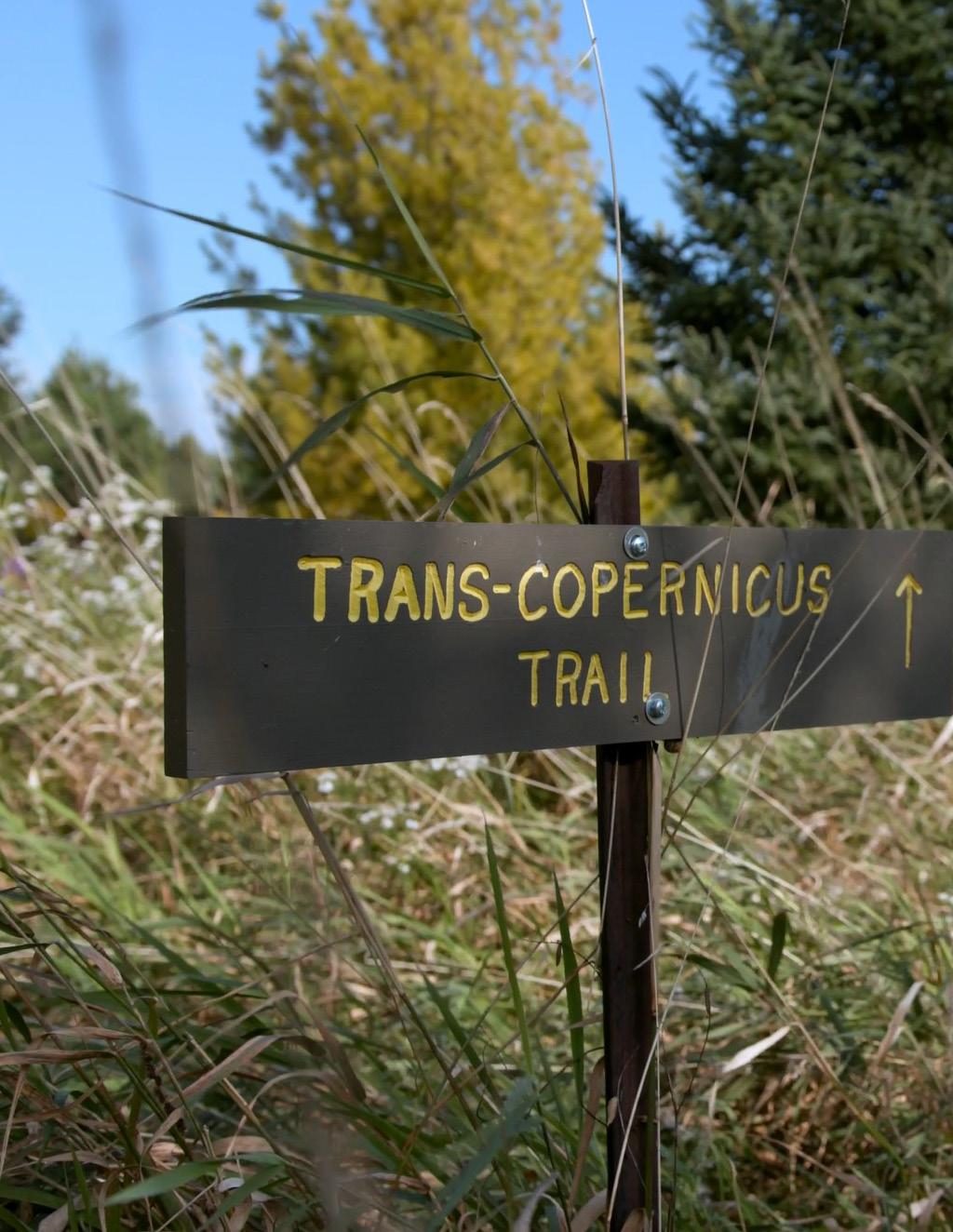


Our Vision
The Land We Are On United Nations’ Sustainable Development Goals
The Need for Clean Energy
Sustainable Consumption
Supply Chain
Packaging
Waste Diversion
Land Conservation & Carbon Sequestration (Land)
Combating Climate Change
Carbon Offsets
Growth & Continuous Learning
Giving Back
Copernicus Programs
Thank You Program & Employee Volunteering
Taking Collective Action
B Corp
“There is a way that nature speaks, that land speaks. Most of the time we are simply not patient enough, quiet enough, to pay attention to the story.”
- Linda Hogan, writer, poet, environmentalist and Chickasaw storyteller. Source: Goodreads.com
Our
We want to redefine what a successful business is: To do work that matters. To be directed and shaped through a social and environmental conscience.
We have a responsibility as a manufacturing business to consider the needs of people and the planet, next to profit. Focusing on profit alone is not going to leave a healthy planet for future generations.
This report summarizes much of what we are trying to do to become a more environmentally sustainable and socially responsible company. We still have a long way to go.
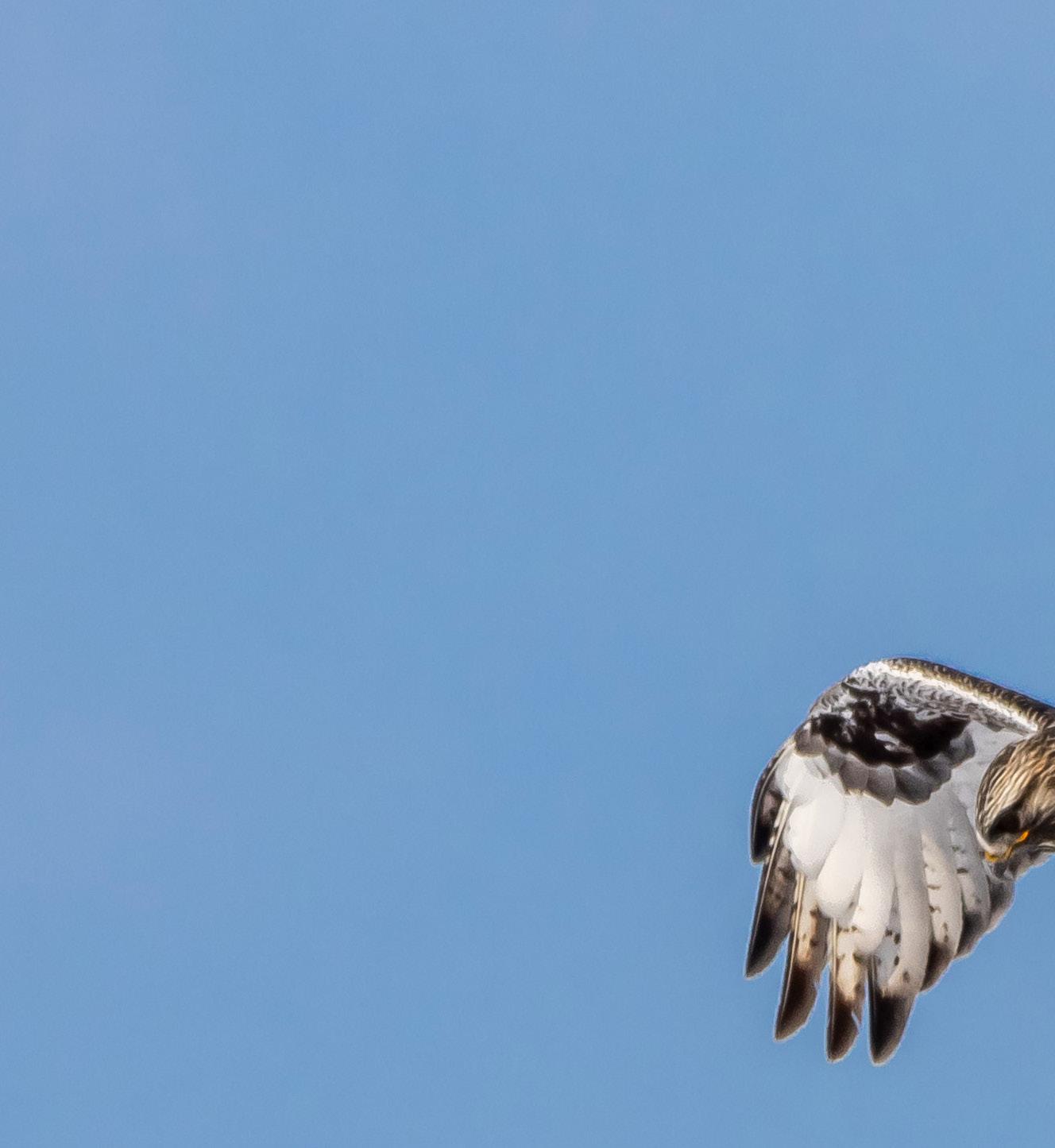
Update: We have identified 40% of our absolute Scope 3 emissions (Category 1 Purchased Goods & Services)
Reduce Scope 3 upstream product-specific emissions by 50% from base year 2019.
Achieve carbon neutrality by reducing emissions and utilizing carbon offsets.
Identify 70% of our absolute Scope 3 emissions (Category 1 Purchased Goods & Services).

Reduce Scope 1 emissions by 50% from base year 2019.
Reduce Scope 2 emissions by 50% from base year 2019.
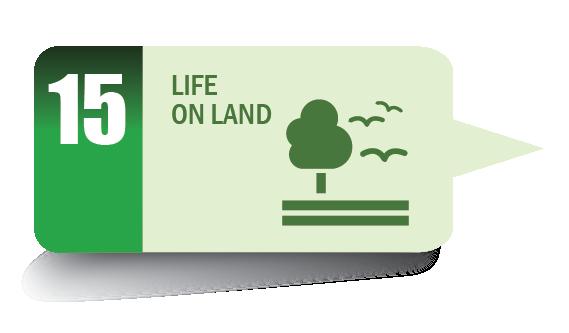
“With tremendous respect and gratitude, Copernicus Educational Products honours the Indigenous Peoples who have stewarded the land and water since time immemorial. Our programs operate on the Traditional Territory of the Haudenosaunee and Anishinaabe, who could not continue their traditional way of life due to the continuous encroachment of settlers on their lands.
Our land, the place where we work together, is on the Treaty Lands and Territory of the Mississaugas of the Credit First Nation. We further give thanks to the Chippewas of Saugeen, and the Chippewas of Nawash - now known as the Saugeen Ojibway Nationas the traditional keepers of this land.
Today, Arthur, Ontario remains home to Indigenous Peoples from numerous nations across Turtle Island. We are committed to building respectful relationships to honour Indigenous voices in our programs. We are grateful to learn from the “two legged, the four legged, the winged ones, the swimmers, and the crawlers” upon Mother Earth with whom we share this land.”
- Melissa Kooiman, Copernicus Community Liaison & Program Coordinator
“We the Michi Saagiig walk together with our ancestors as one Nation. Through our collective efforts we ensure our shared history, stories, ceremonies, culture, language and values remain strong, resilient and preserved for our Nation and future generations.”
- Mississauga Nation Chiefs

 Watch a short video about the land we are on
Watch a short video about the land we are on

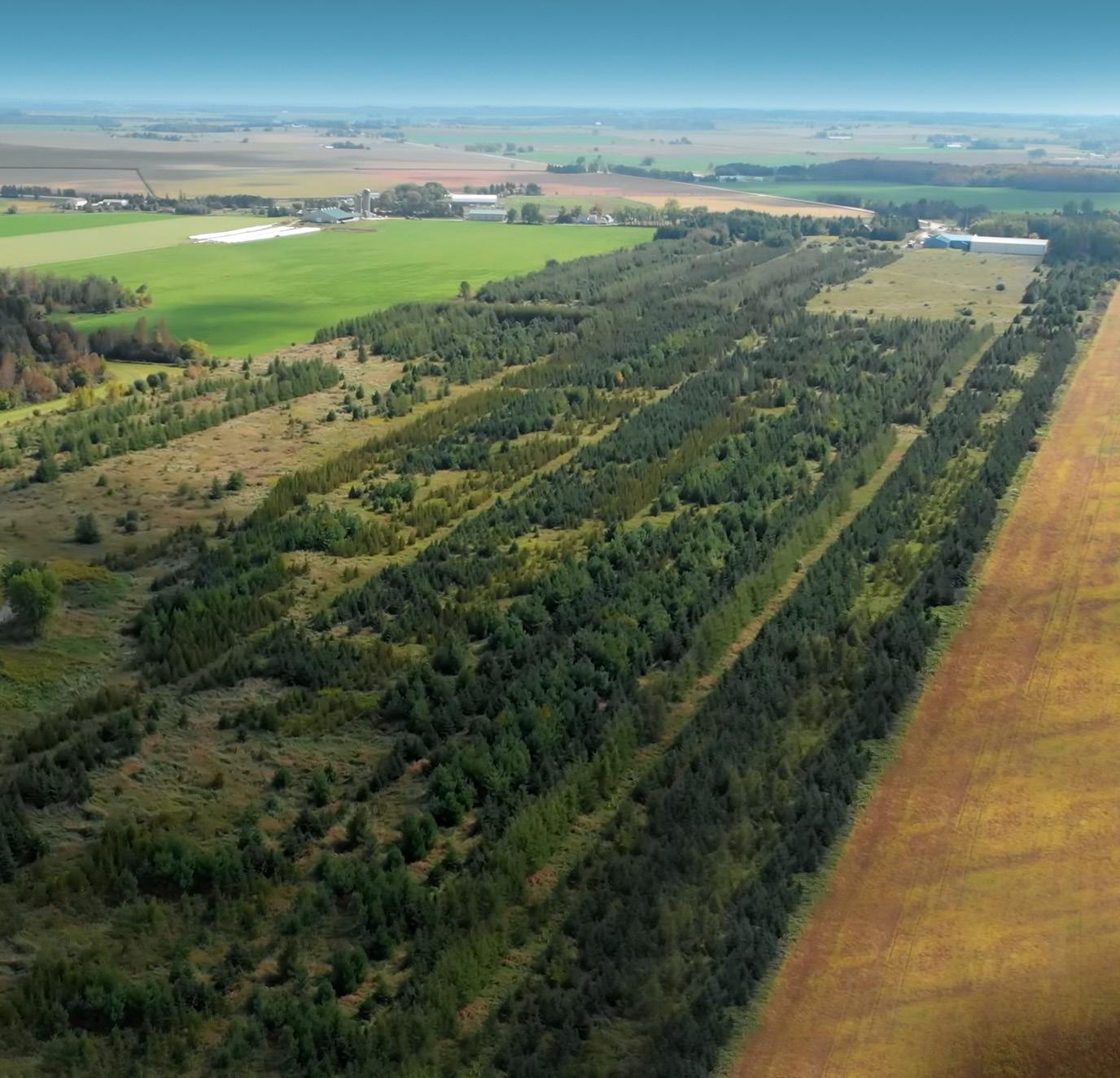
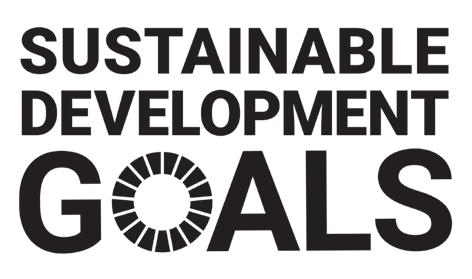
The United Nations has created Sustainable Development Goals (SDGs) to highlight global challenges and create “… a shared blueprint for peace and prosperity for people and the planet, now and into the future.”
Many businesses and countries use the SDG framework. Although helpful in many ways, it does not provide us with all the answers to addressing social and climate-related issues.
Language matters in global guidelines such as the UN SDGs. One of the SDGs we believe could be better defined is SDG 8 Decent Work and Economic Growth.
Economic growth is measured by a country’s gross domestic product (GDP), like fossil fuel exports. GDP is typically a result of unbound economic production and consumption models. A focus on GDP has added to many of the world’s current crises – including social and climate.
What kind of growth do we want? We don’t have all the answers, but terms such as regenerative growth and qualitative growth, which are bound by nature, make more sense to us.
We acknowledge that we are barely scratching the surface with our climate impact initiatives. We will continue to use the SDGs, and other frameworks, such as our B Corp assessment, to help highlight areas where we are active and opportunities for improvement. We will also continue to look to our vision to help guide our decisions.
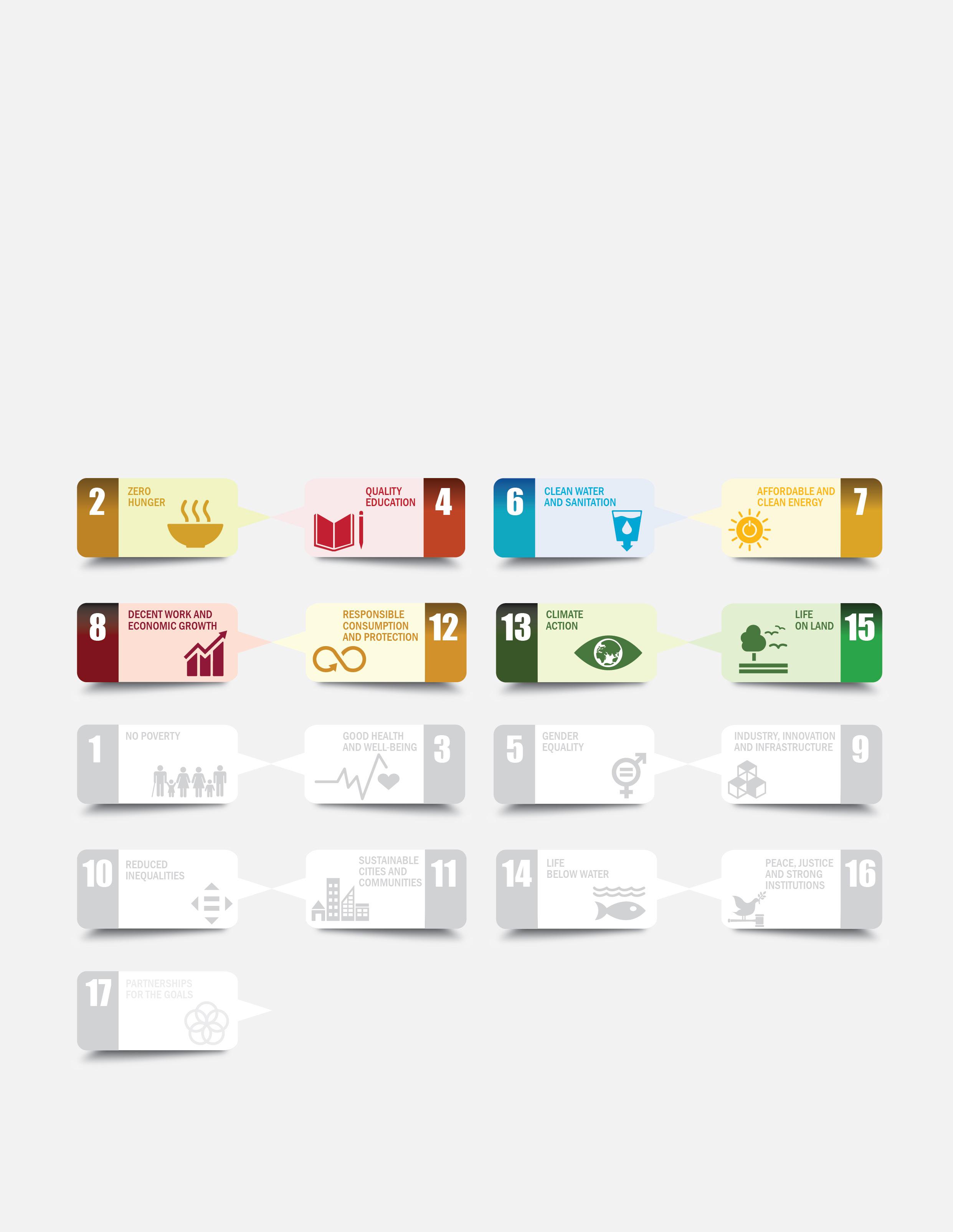

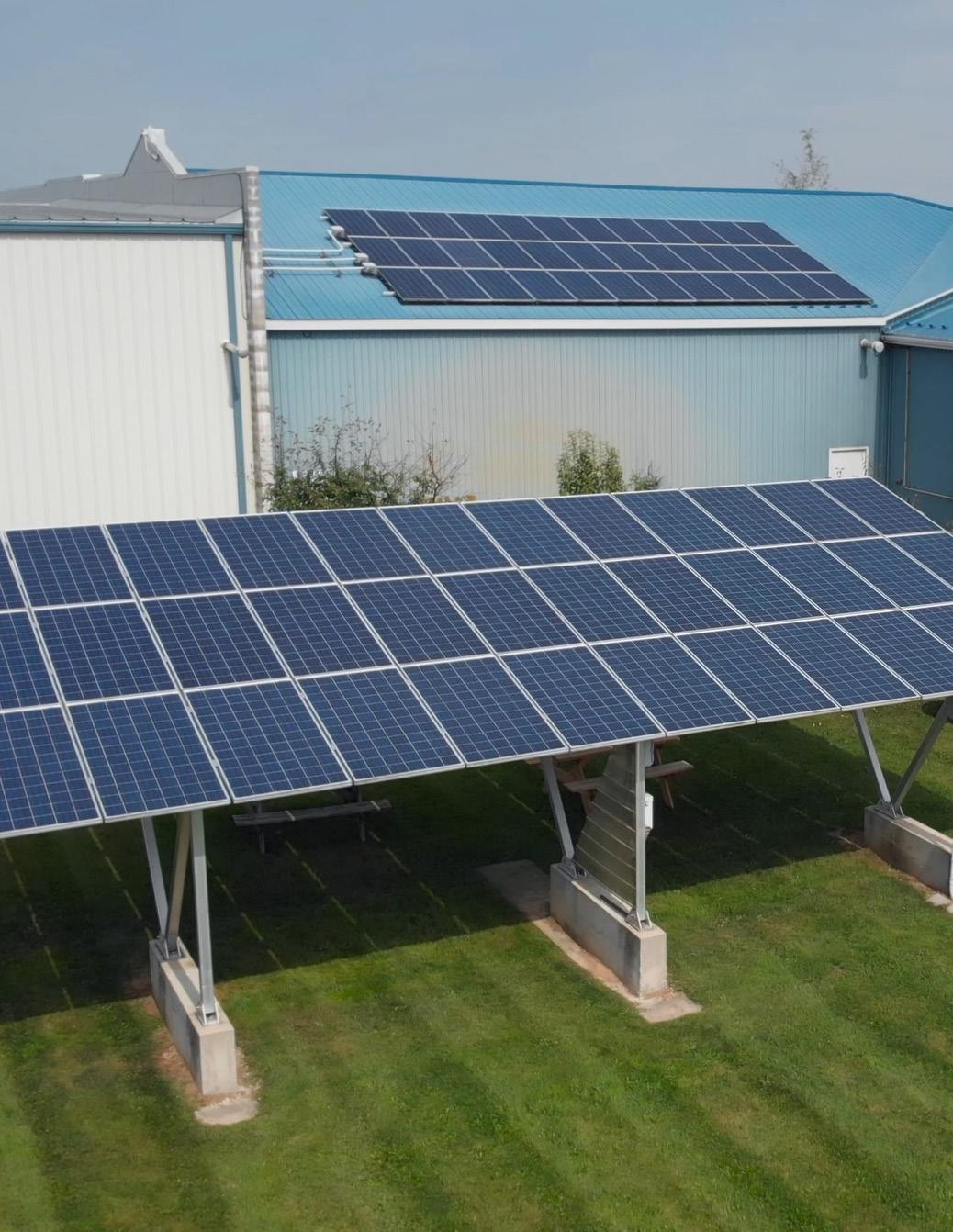
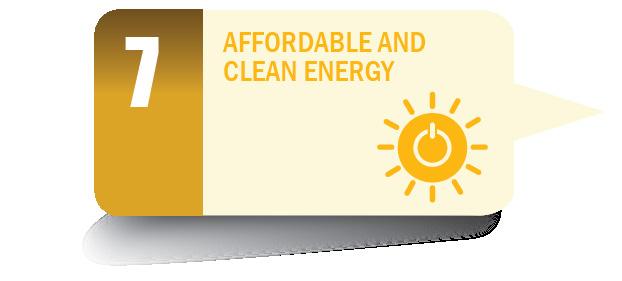
Goals:
• By 2030, reduce Scope 1 emissions by 50% from base year 2019.
• Complete installation of non-greenhouse gas-producing heat source by 2030.
What we have done so far:
• We worked with a fellow B Corp, Enviro-Stewards, to perform an energy audit on our facility.
• Their audit report provided us with guidance on non-GHG emitting heat sources, including biomass and air-source heat pumps options, which we are now evaluating.
Goals:
• Reduce Scope 2 emissions by 50% from base year 2019.
• Complete installation of more solar panels by 2030.
Solar Energy
We are in the planning stages of a large solar panel installation that will provide approximately 100% solar energy and be tied into the local electricity grid.
of energy now derived from solar power in our Canadian facility.
of energy now derived from solar power in our partner facility in China.
Challenges we’re learning from:
• We would prefer to forgo a battery system but our area’s grid capacity is limited to accepting 10kW at this time.
• Now we are thinking ahead to scalable solutions, like an export capacity limitation system which would help us grow our solar energy and be ready as the grid infrastructure is upgraded.

Goal:
• Reduce upstream product-specific emissions by 50% from base year 2019 by 2025.
Our products are the largest contributors to our total carbon footprint. To date, we have begun to change the materials our products are made of. The transformation includes bamboo, 100% recycled plastic and 100% recycled plastic lumber.
What we have done so far as it relates to our product impacts. We are:
• Transitioning our polycarbonate whiteboard cores to a recycled cardboard material.
• Working with engineers to reduce material usage in some of our products.
• Redesigning our book ledge to be made from an alternate material, instead of ABS.
• Exploring recycled plastic resins that require less pigment to achieve our bright tub colors.
• Exploring alternate materials as an input to our products.
What we have done so far as it relates to our supply chain impacts. We are:
• Auditing our Tier 1 domestic and overseas suppliers.
• Reclaiming our packaging waste that accumulates at our suppliers, including shrink-wrap and plastic bags.
• Reducing unnecessary plastic strapping.
Challenges we’re learning from:
• This year, we had our first product take-back from a nearby school. Instead of the school incurring the disposal charges and the product going to landfill, we worked with them to bring the product back to us. We learned that we need to adjust the process going forward to address the cost of return shipping.
• We are still in the process of exploring refurbishing and recycling pathways.
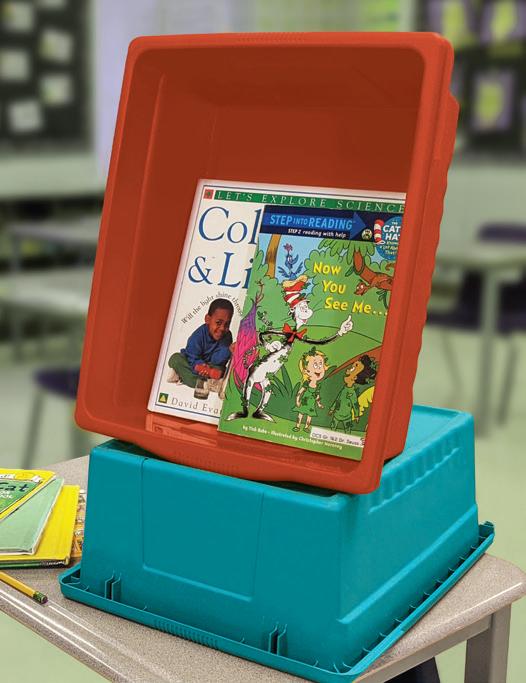
We are exploring recycled plastic resins that require less pigment to achieve our bright tub colors
Goal:
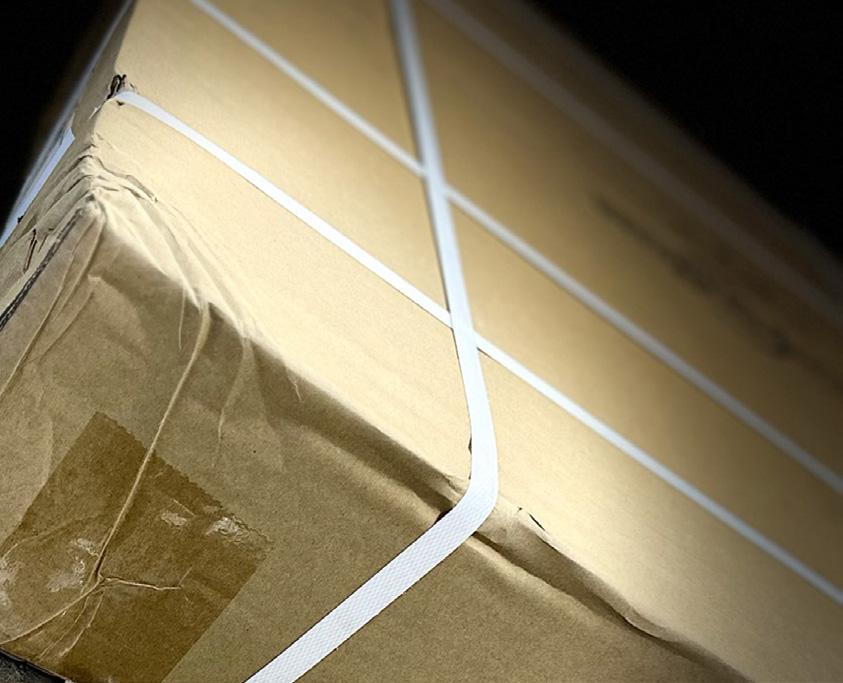
• For every bamboo product purchased, Copernicus will make a donation to conserve natural panda habitat through the World Wildlife Fund.
In 2023, we donated a total of $5,000 for Panda conservation.We continue to work on reducing the use of plastic strapping
“The biological diversity of the panda’s habitat is unparalleled in the temperate world and rivals that of tropical ecosystems, making the giant panda an excellent example of an umbrella species conferring protection on many other species where pandas live.”
Supporting


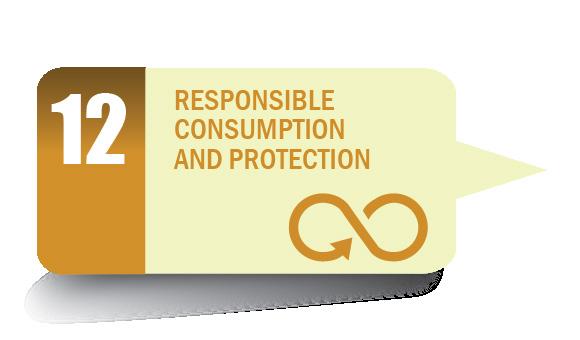
As a certified B Corp, supply chain transparency is critical.
What we have done so far:
• Implemented a Supplier Code of Conduct and perform periodic site visits to our Tier 1 suppliers.
• Implemented a Supplier Audit Process that assesses employee safety and well-being, environmental impacts, water quality, energy consumption, and waste management.
• Audited five of our domestic suppliers and four Chinese suppliers.
What’s next:
• Creating our Sustainable Procurement Guideline and process.
• Continuing with our Tier 2 supplier audits.
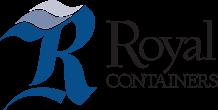
For over 15 years, Royal Containers Ltd. has been a trusted provider of custom-sized boxes for our product packaging. Their commitment to environmental sustainability, employee well-being, and community engagement distinguishes them in the industry and reflects their dedication to making a positive impact beyond business.
Some of their initiatives:
• Locally sourcing 100% recycled paper to make their boxes.
• Fostering a positive work culture through their mentorship program, mental health support, commitment to employee development, including environmental awareness.
• Engaging in philanthropy, including food rescue through Harvest Hands.


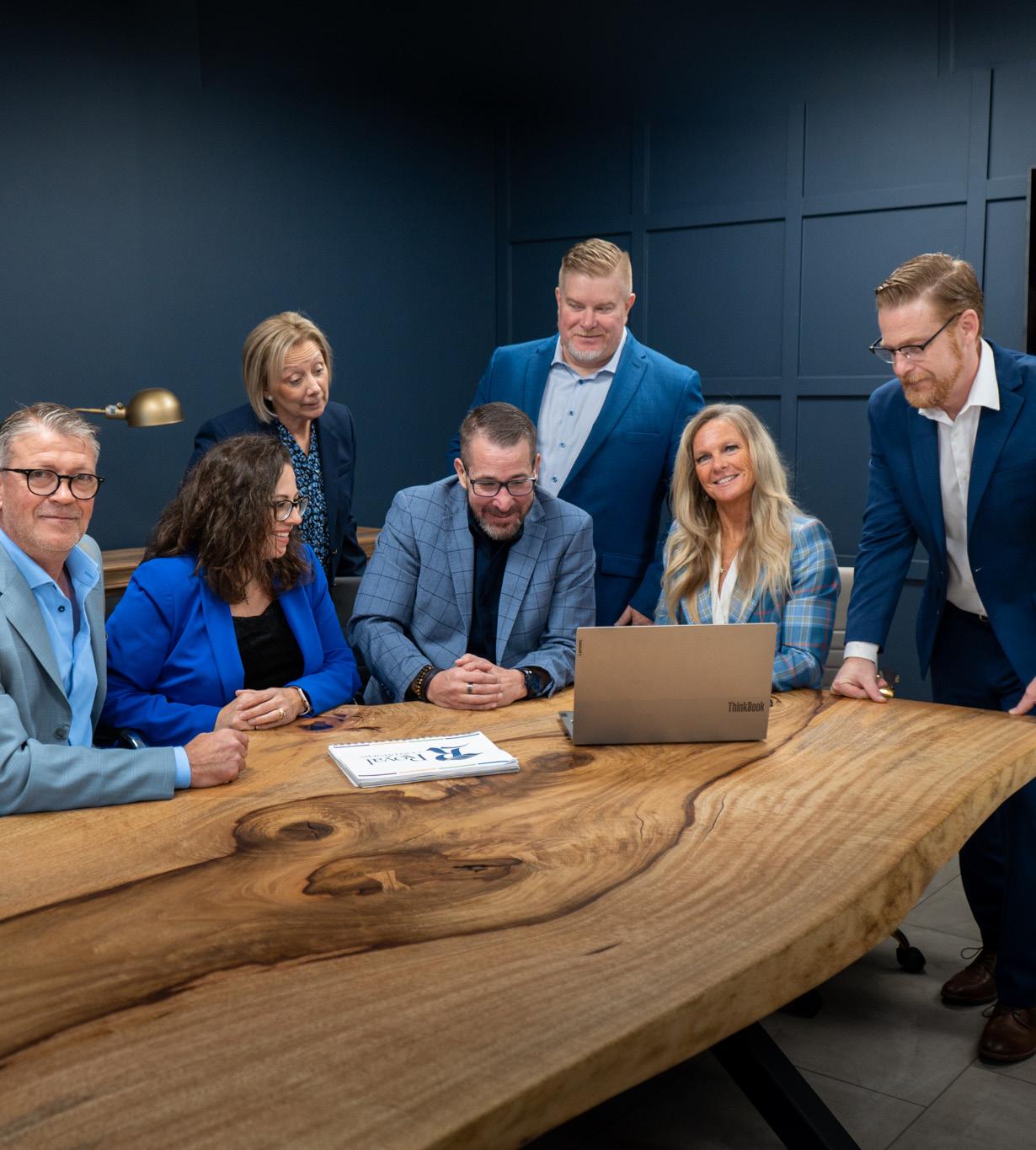

 Images courtesy of Royal Containers Ltd.
Images courtesy of Royal Containers Ltd.
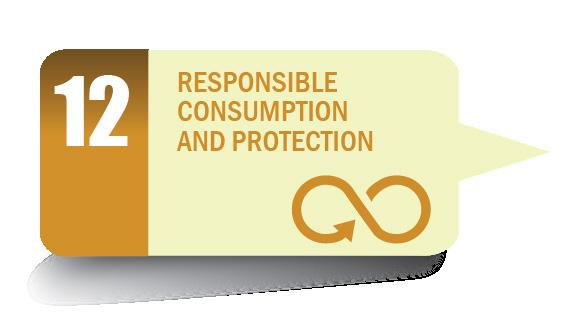
Goal:
• Remove 99.9% plastic from our packaging by the end of 2024.
What we have done so far:

Eliminated all external plastic strapping incoming from China, by switching to staples.
What’s next:
Testing alternatives for products that come wrapped in a large plastic bag, like our Classroom Cruiser
Replaced plastic bags used for power bars, components and hardware with cardboard or paper bags
Eliminated shrink-wrap, plastic and foam by redesigning crates, cartons and packaging
Reduced the number of plastic cable ties in products with cardboard inserts
Exploring more molded pulp packaging for products
Designing our own replacement for cable ties
What we learned:
• Our initial deadline was 2022 and we missed it, then we pushed it out to 2023 and we missed the goal again.
• Plastic packaging is far reaching and we have found more within our own products and supply chain that needed to be eliminated.

For years we have composted lunchroom food waste and will be improving this system in 2024.

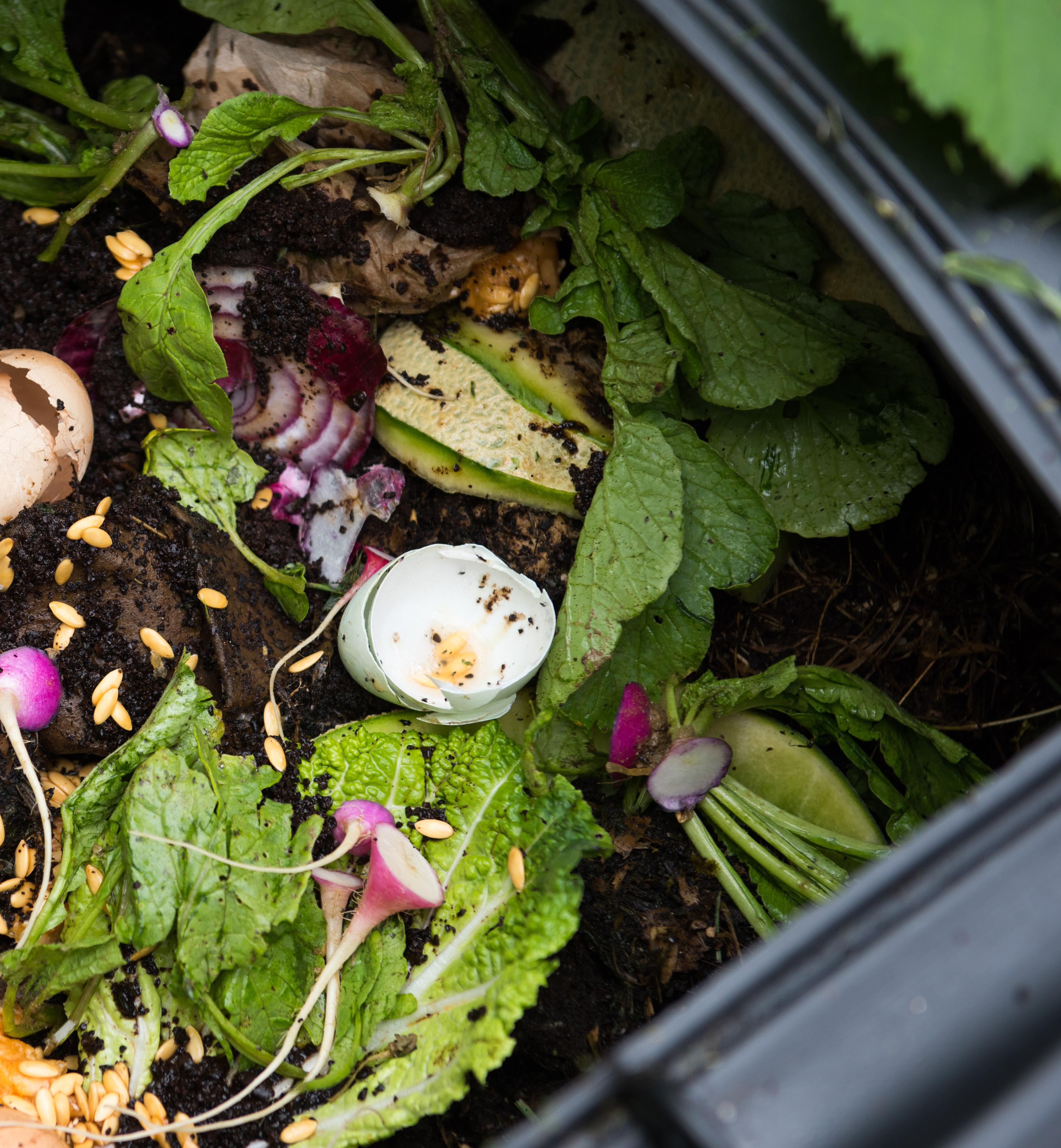

Goal:
• Formalize existing processes and policies related to our waste management and reduction program in 2023.
We did not achieve this goal in 2023, but we remain committed to measuring, reducing and finding recycling pathways to divert waste away from landfill.
What we have done so far:
• Conducted facility waste audits.
• Implemented coffee ambassadors to ensure coffee, tea and bulk supplies are available to reduce single use coffee cups going into the landfill.
What’s next:
• Recycling single use cups through STACKITnow.
• Developing more formal processes and policies for managing our waste.
• Continue to audit waste streams to find improvements.

We diverted over 25,700 lbs or 11,700 kg
of waste from the landfill in 2023.
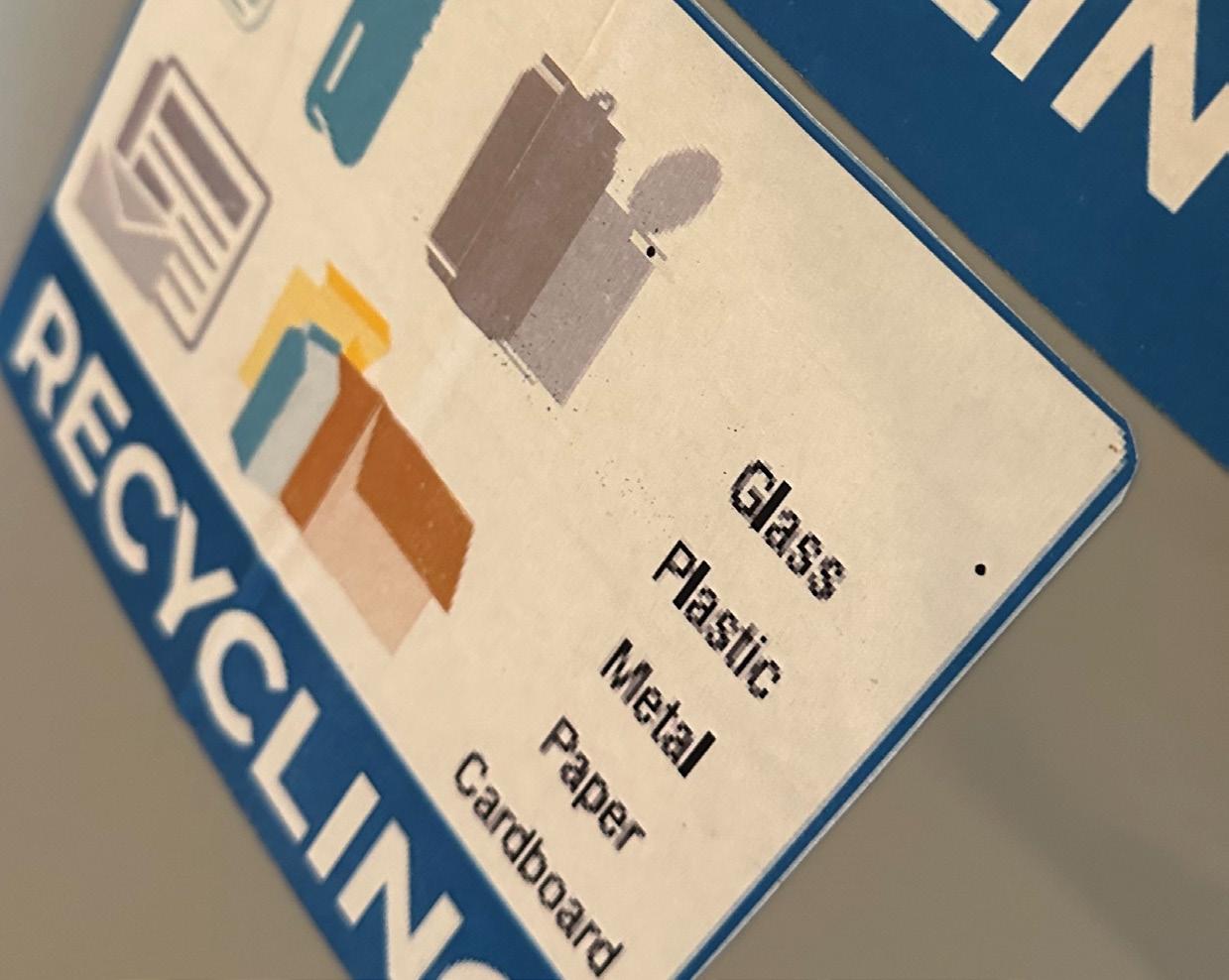


“We must connect the dots between climate change, water scarcity, energy shortages, global health, food security and women’s empowerment. Solutions to one problem must be solutions for all.”
– Ban Ki-moon



Goal:
• Protect 1000 acres of land by 2022. We have exceeded this by 708 acres.
What we have done so far:


638 acres donated to land trusts

290 acres with legal conservation agreements

780 acres in queue for protection
We had a third-party forestry consultant measure the carbon sequestration of some of our protected properties. They anticipate that as the canopy grows over time the carbon sequestration will increase. metric tonnes of carbon dioxide (Mt CO2) is sequestered per year on our properties.
2,355
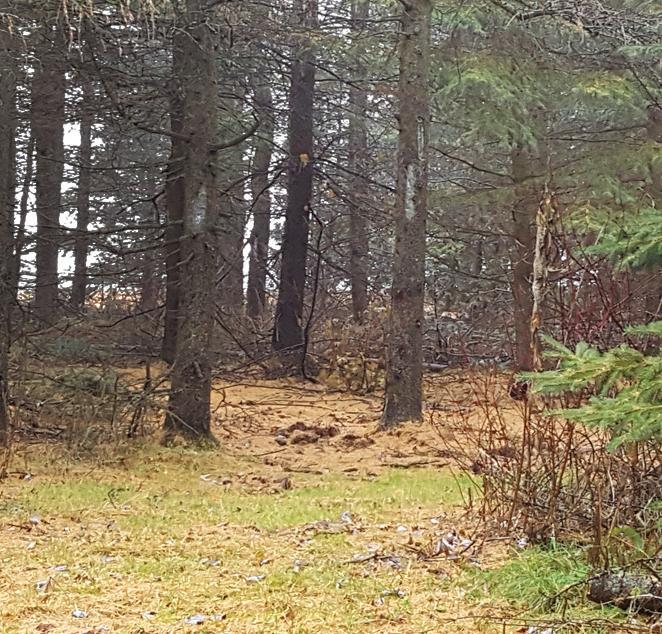


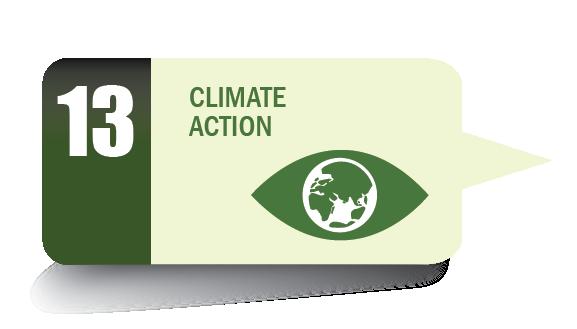
Goals:
• Reduce Scope 1 & 2 emissions by 50% from base year 2019 by 2023.
• Reduce Scope 3 upstream product-specific emissions by 50% from base year 2019 by 2025.
What we have done so far:
• We have estimated our carbon footprint using Greenhouse Gas Protocol’s Global GHG Value Chain Accounting and Reporting Standard.
• We’ve selected 2019 as our base year because 2020 was not a typical year for us due to the pandemic.
• Our Scope 3 emissions for our base year have been updated since our last report and will continue to be updated as we find more accurate data to use in our calculations. Our emissions have increased because we have sold, and therefore, manufactured more products.
 3.5 Mt CO2e
4.3 Mt CO2e
3.5 Mt CO2e
4.3 Mt CO2e
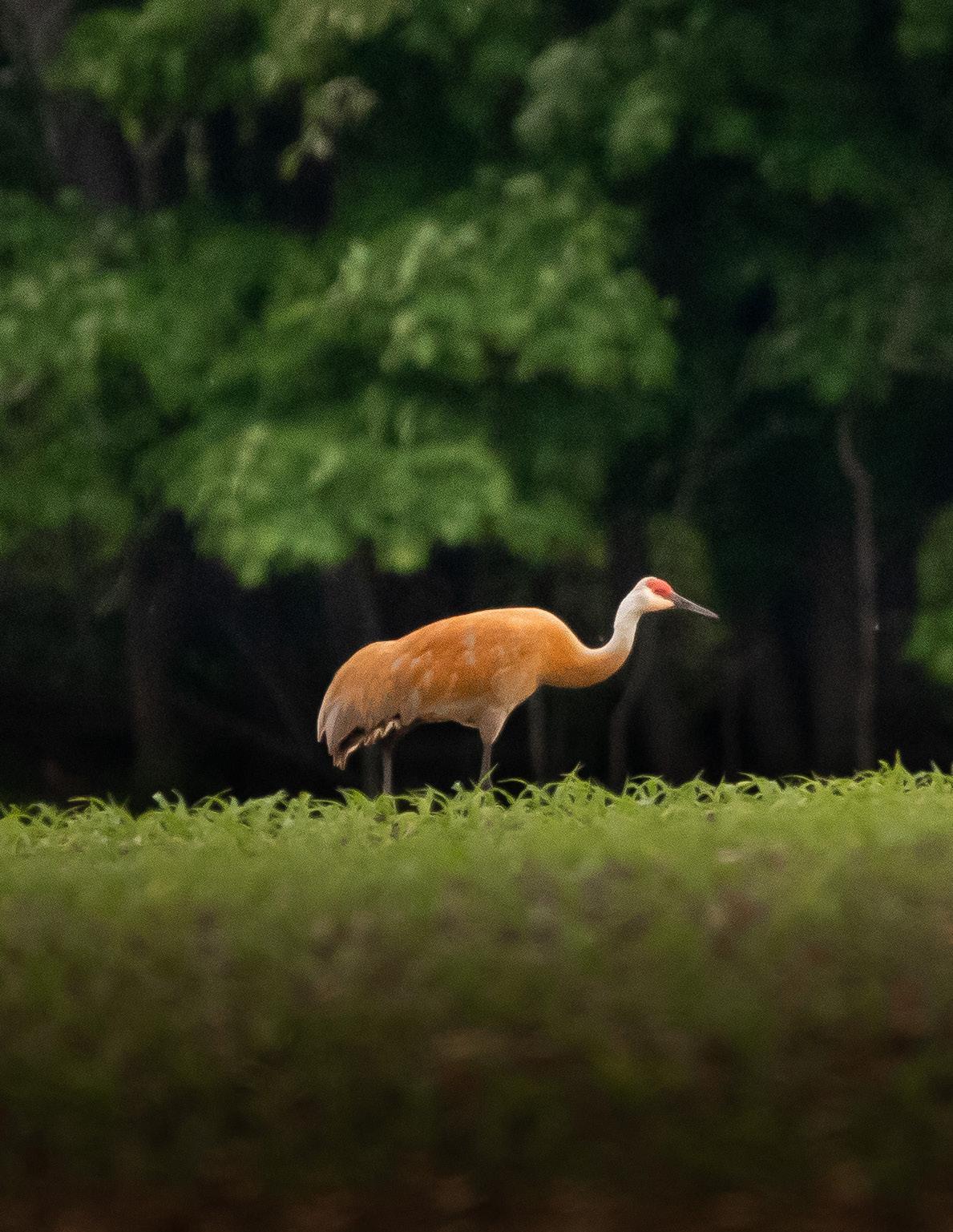
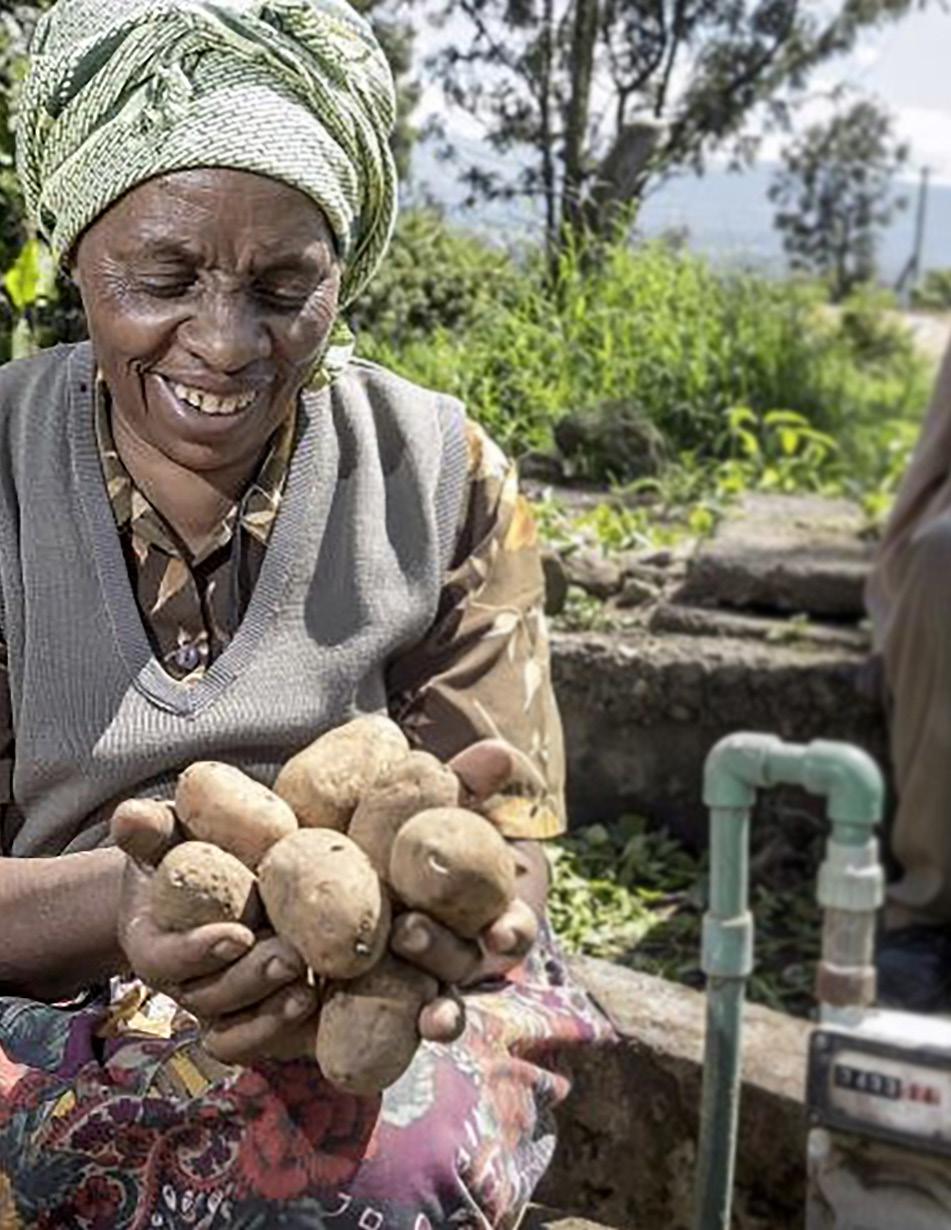
“Domestic biodigesters provide a way for households with livestock to reduce their dependence on polluting firewood and expensive fossil fuels.”
Supporting Gold Standard programs in Kenya

Goal:
• To be carbon neutral, with the assistance of carbon offsets, by 2025.
What we are doing:
• As we measure and reduce our carbon emissions, we want to balance the amount of greenhouse gases we produce, which we accomplish by purchasing carbon offsets.
• Carbon offsets are not the solution to climate change, but it is a helpful step as we work towards reducing our greenhouse gas emissions.
43% from land use protection projects

2,329 Mt CO2e offset in 2023
32%
from renewable energy projects
25% from other community-based projects
What we learned:
• We choose carbon offsets that are verified and registered through standards such as the American Carbon Registry, Gold Standard, Verified Carbon Standard.
• We are still weary of their credibility and continue to be vigilant in questioning their impacts.
• We also have learned they pose the risk of businesses using them in order to make net-zero claims without doing the hard work to actually reduce their emissions.
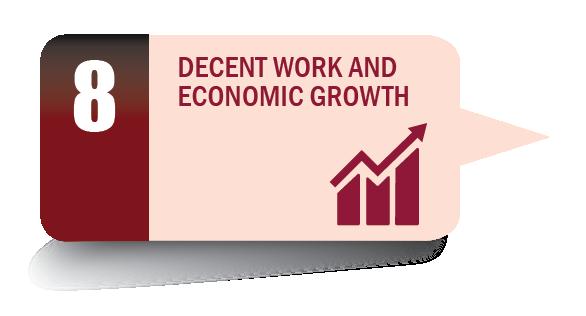
Goal:
• Provide all full-time employees with fair compensation, profit sharing, and opportunities for training and development. We embrace and encourage our employees’ differences in age, color, disability, ethnicity, gender identity, language and other characteristics that make them unique.
What we have done so far:
• Each employee has a paid day off to celebrate a holiday that is significant to them and their culture.
• We asked Copernicans to share the celebrations unique to their culture to help us learn more about them and to do what we do best here: eat!


100%
of employees are paid a living wage

4%
of employees work our parent shift (9:00-3:00) that aims to make it easier for parents to be available before and after school

711.25
hours of professional development and training courses were taken by our staff in 2023

55%
of our work force is female

67%
of our management team is female

100%
of full-time employees receive profit sharing



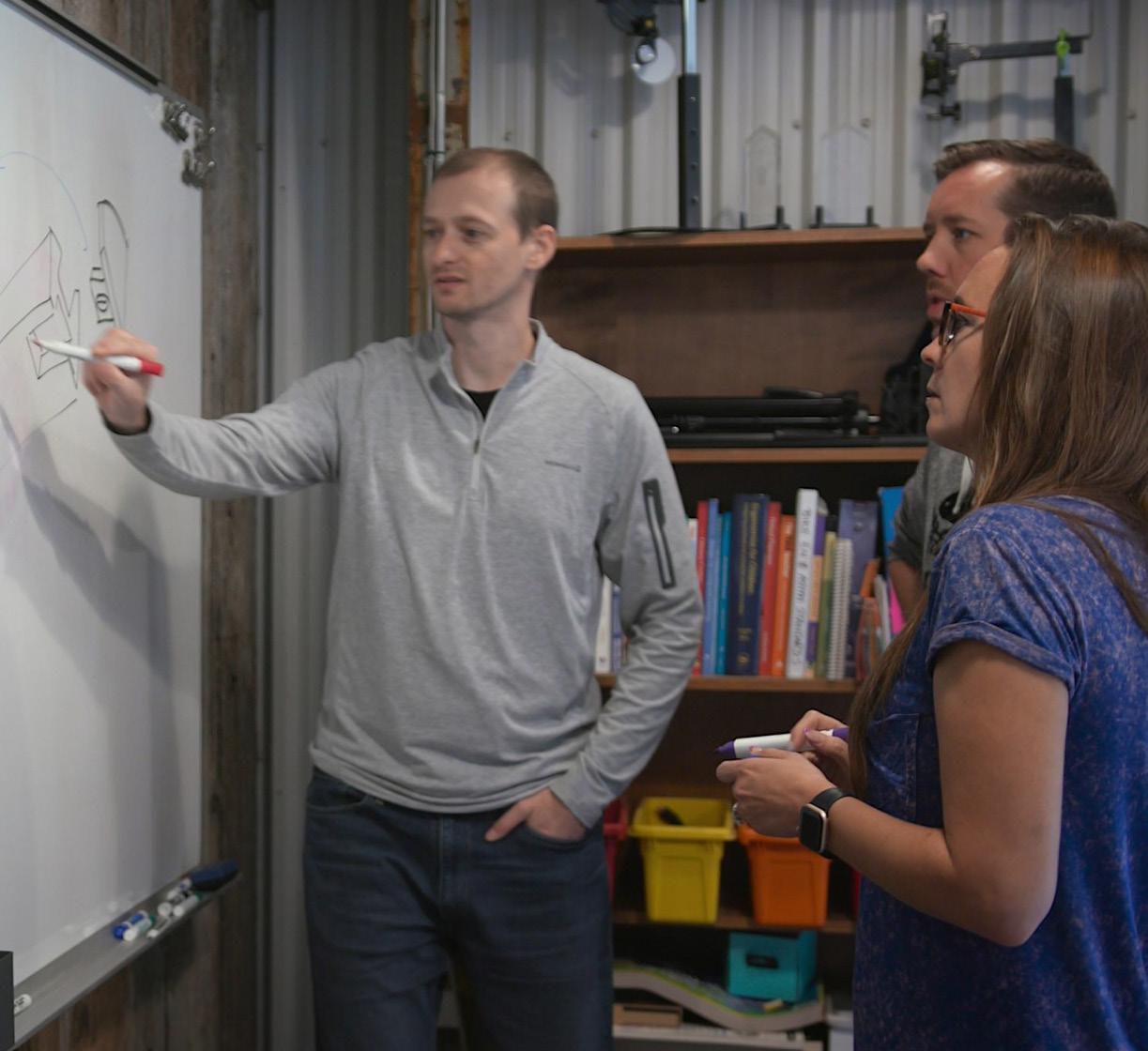

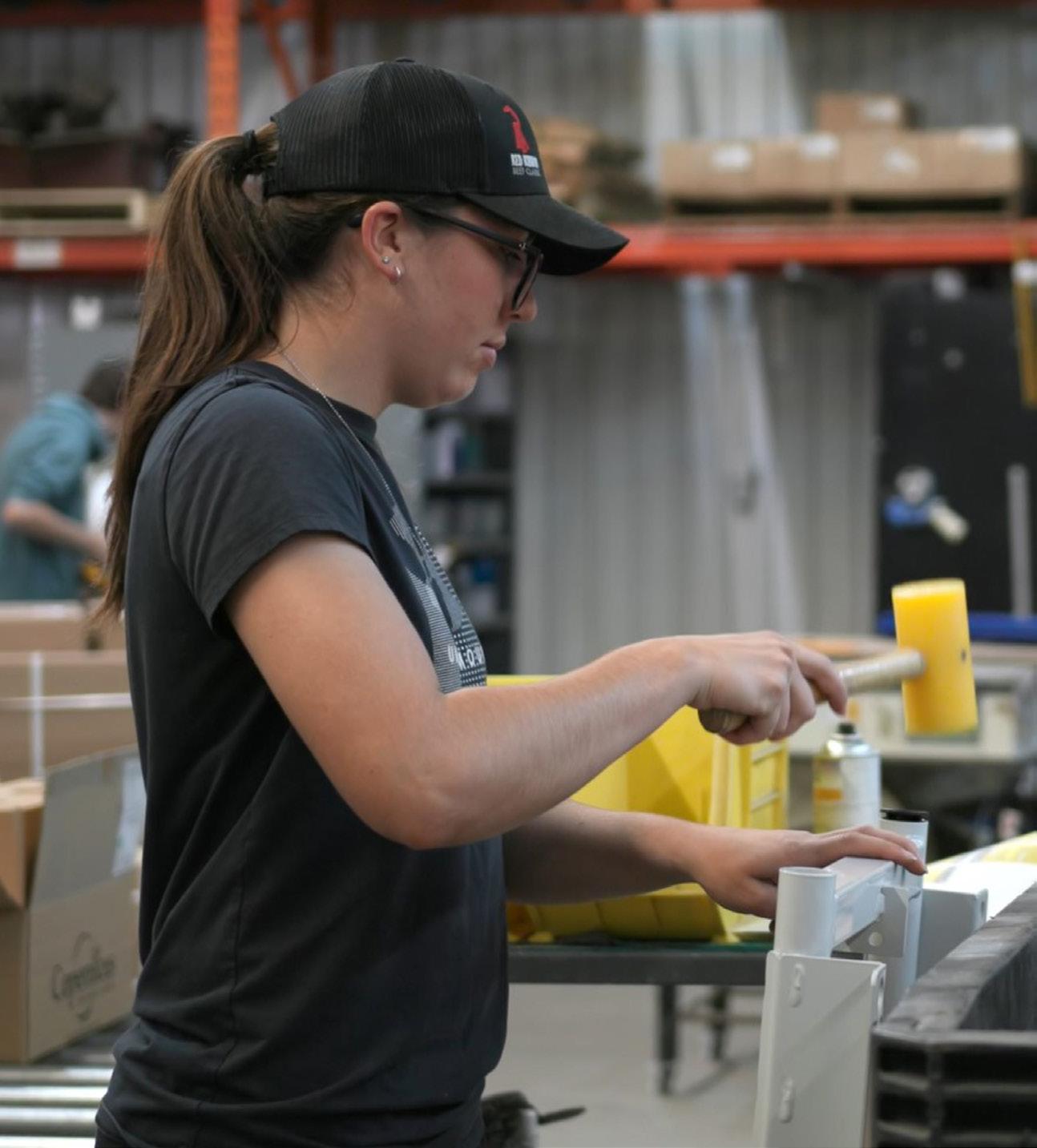
“Turtle populations are listed as threatened or endangered in many provinces as they have diminished due to collisions with vehicles. The NCC encourages motorists to slow down when they see a turtle on the road and check to be sure they can safely steer around it.”
Supporting the Nature Conservancy Canada

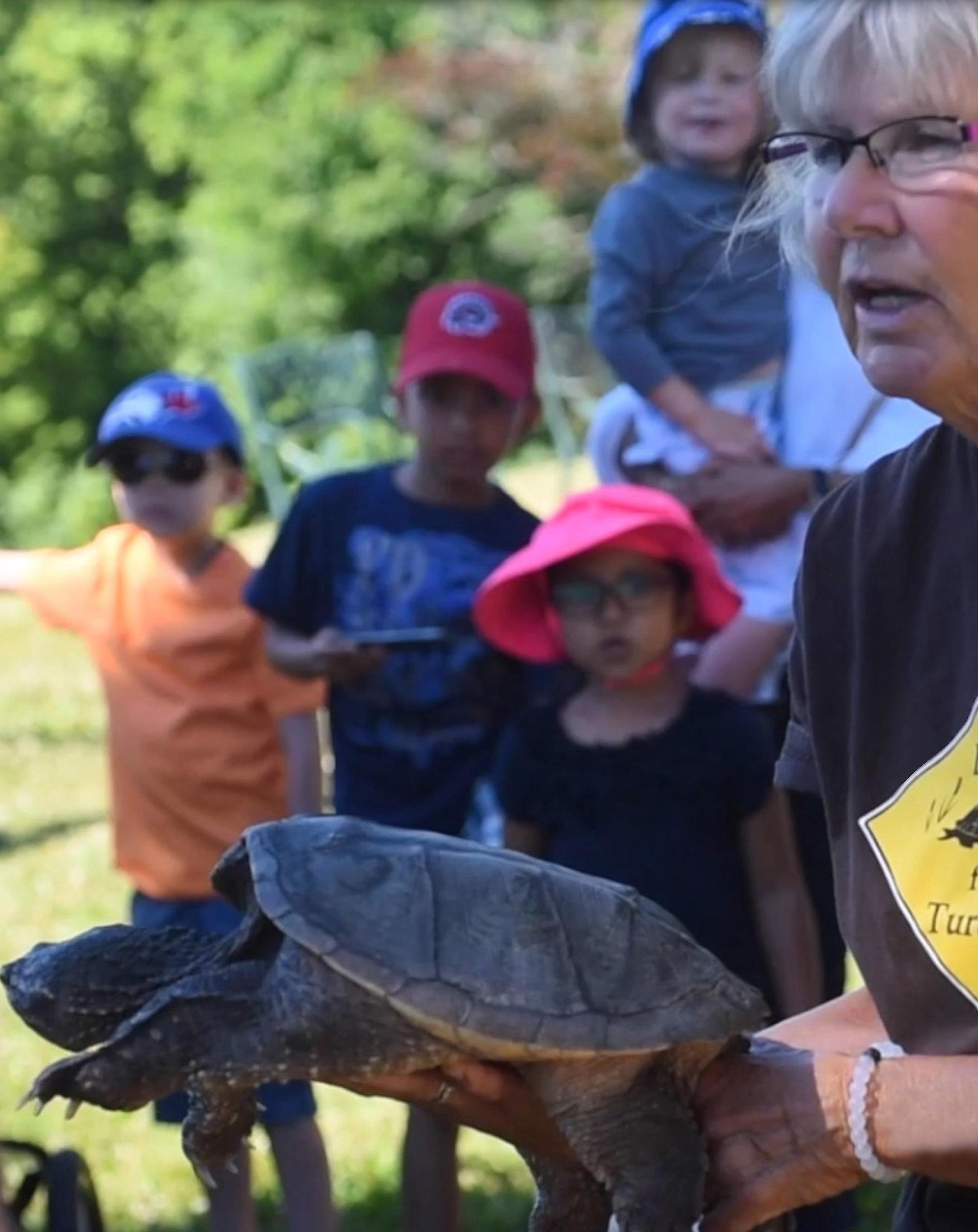

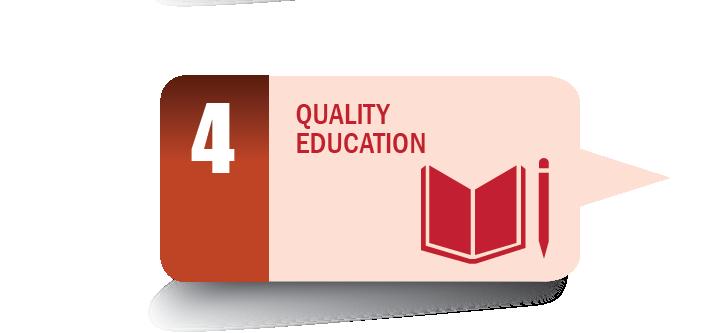

In 2023, we donated
$270,050
Giving back, both locally and globally, is important to us. In 2023, we donated to charities in three main categories:
21%
Environmental Education

63% Environmental Conservation
16% Community
This total also includes our annual Trees for Schools Program whereby we donate seedlings and wildflower seed packs to Ontario elementary schools in celebration of Earth Day.

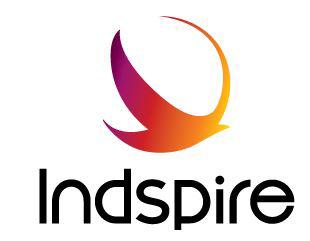

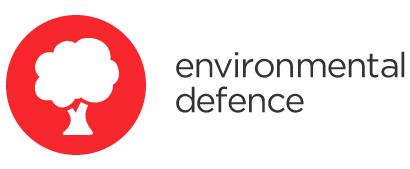


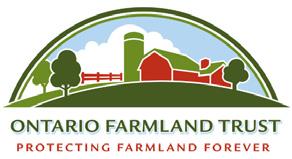

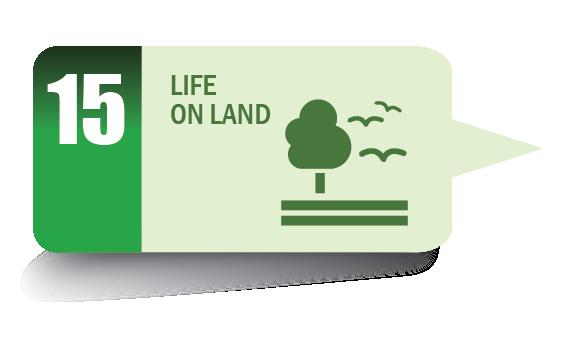
Every year, Copernicans pack up tree seedlings and wildflower seed packets that are then donated to schools across Southern Ontario on Earth Day (April 22). This year, we donated 5,314 tree seedlings, 1,950 wildflower seed packets and four sponsored nature-based field trips.

203,740 trees
13,477 wildflowers
Total donations as of 2023

538
Plastic tree bags avoided by offering bulk packs to schools


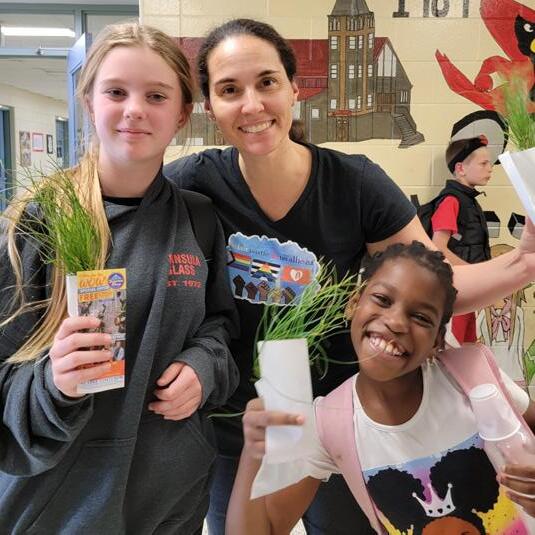

399
Students experiencing a nature-based field trip
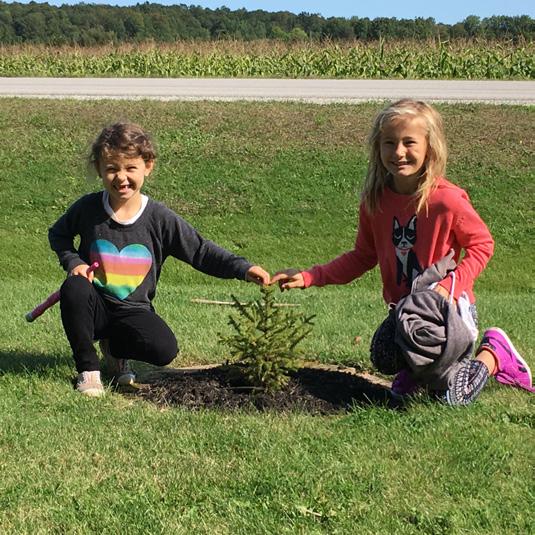

This year we successfully piloted a free summer nature program for the first time. Melissa Kooiman, ECE, was our practitioner who led daily programing for local children ages 0-12 on Copernicus’ Nature Reserve.
What’s next:
• Zoning amendments to allow for a full-time forest school program on the property.
• Improving access to the wetland so students can learn more about aquatic plants, insects and animals.
• Offering 2-3 acres of land to a small organic farmer in order to include agricultural learning opportunities for students.
• Piloting a field trip sponsorship for a classroom to visit and learn about the land.
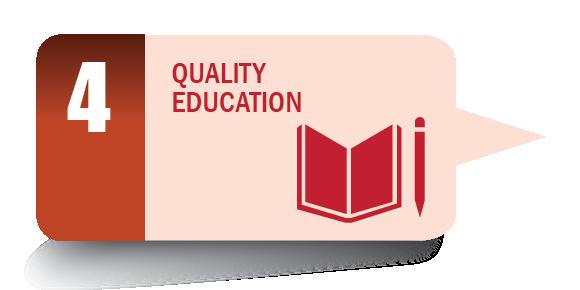
We started our Educator Thank You program because we know that educators give their all to their students. We constantly hear stories of teachers going above and beyond to help their students thrive. This year we implemented our Helping Future Copernicans program whereby an employee can donate one product per year to their children’s teacher for as long as they are in school.




27 50 4
Supplies donated Copernicus products donated
What we have done so far:
DonorsChoose projects supported
• Hosted the Copernican’s garden planting day where each department cared for their own garden planter.
• Managed the Farm Share Program that provided free, local produce to Copernicans from Salad Days organic farm.
• Implemented our Coffee Ambassador Program. Learn more here.
• Launched two donation drives; a ‘One Can if You Can’ food drive and a men’s clothing drive.
• Copernicans are given up to 20 hours of paid volunteering hours per year.
• We set a goal of 350 hours and we well exceeded that goal!
In 2023, as a team, we volunteered a total of
1,383.25 hours
What we are doing:
• We will be increasing our paid volunteering program from 20 hours per year to 40.
• We will continue to have an on-call crew of volunteers to help the Arthur Food Bank with sorting canned goods as food drives are delivered.
We would like to celebrate the accomplishments of Attila Mosonyi, our Network Administrator who put in 519.75 volunteering hours in 2023.
Attila is very active in the Table Tennis community and enjoys teaching young people the game.
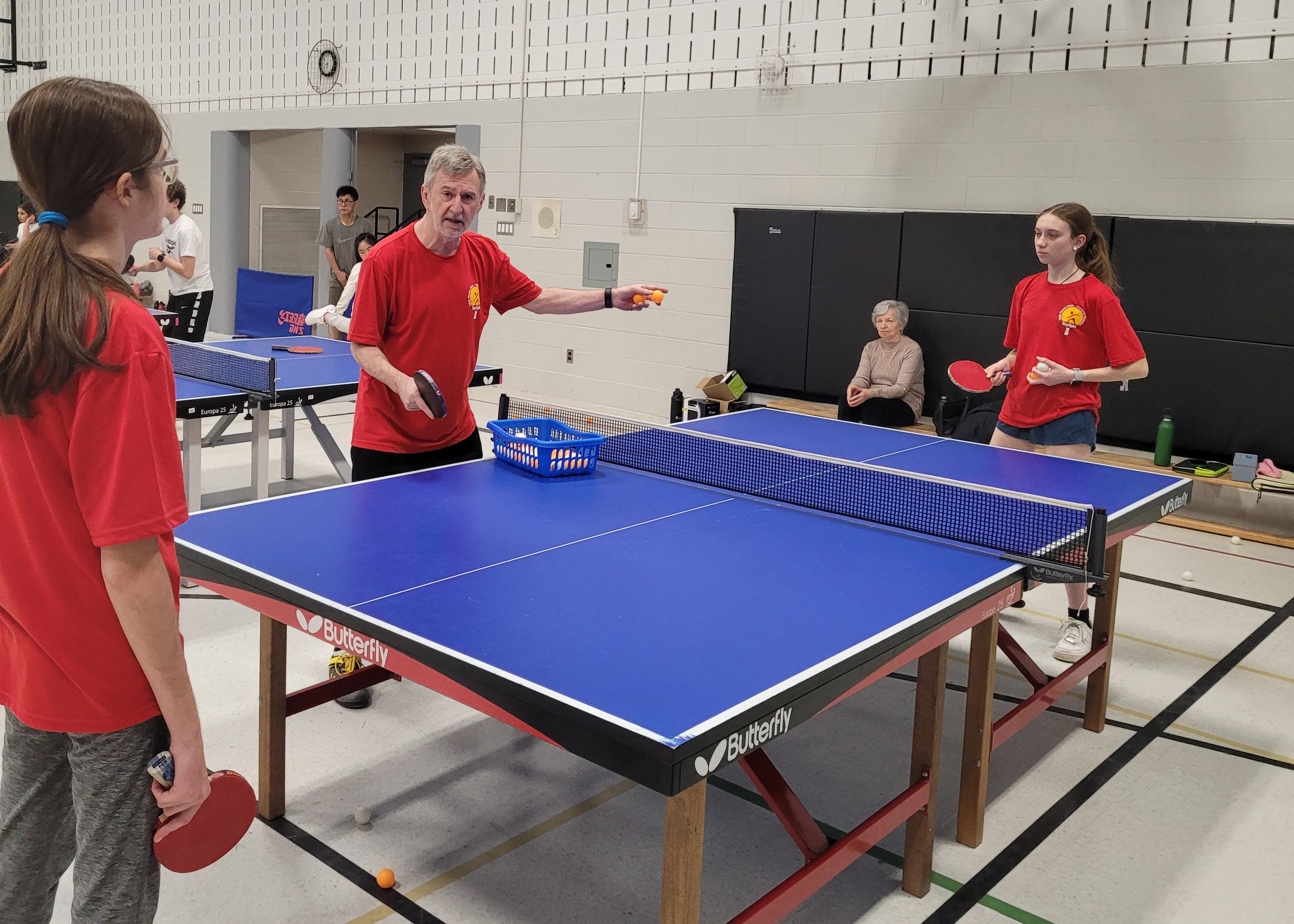
Employees assisting at the Food Bank in Arthur, Ontario



In November 2022, the Ontario government put through Bill 23, the More Homes Built Faster Act, which removed 7,400 acres of protected land from the Greenbelt. In April 2023, the Ontario government proposed Bill 97, Helping Homebuyers, Protecting Tenants Act which in part threatens prime agricultural lands by allowing unprecedented severances. Since then, Copernicus has been advocating for Bill 23 to be repealed and to stop Bill 97 from being passed.
Advocacy through B Local Ontario

We collaborated with our regional B Corp chapter to initiate a letter signing campaign to demand the Ontario government repeal legislation that would open protected land, called the Greenbelt, to development. Together we collected over 120 signatures from Ontario businesses.
On September 21, 2023, Ontario’s Premier, Doug Ford, held a press conference announcing he made a mistake and will be reversing his decision to develop the Greenbelt. We are still watching to see what steps are taken to ensure that the Premier keeps his word. If not, we are prepared to take action.
The Importance of Ontario’s Greenbelt:
• Cultural and spiritual significance to many First Nations.
• Two million acres including 750,000 acres of some of the most productive farmland in Canada.
• The Niagara Escarpment, which is part of the Greenbelt, was designated as a United Nations Educational, Scientific and Cultural Organization (UNESCO) World Biosphere Reserve.
• Includes coastlines, cliffs, wetlands, woodlands, alvars, and oak savannahs that are home to hundreds of bird species and other wildlife.
• Known as the “rain barrel” of Ontario; filters and recharges groundwater, and feeds the headwaters of 64 rivers and streams that provide drinking water to 6 million people.

Lake Ontario

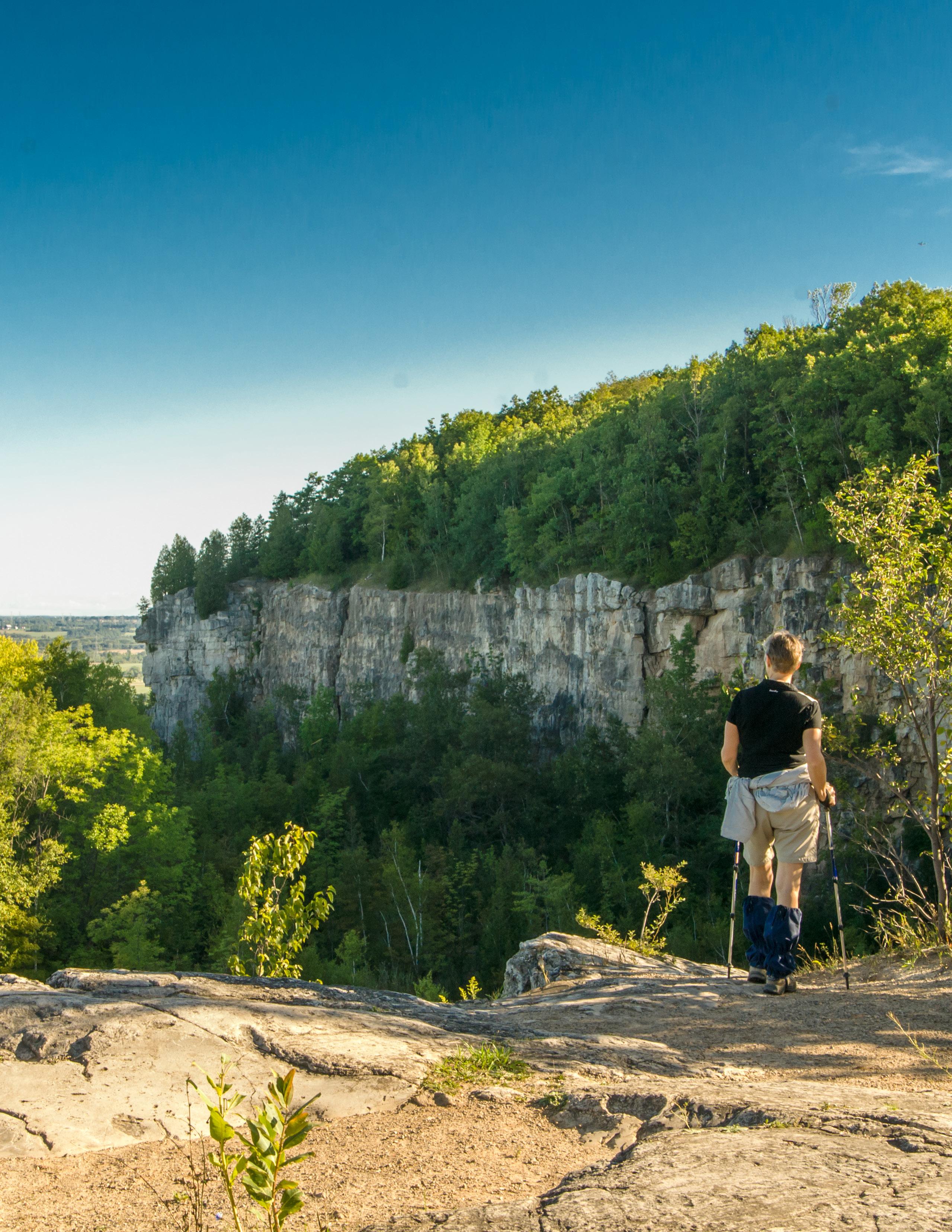 Niagara Escarpment, Ontario, Canada
Niagara Escarpment, Ontario, Canada


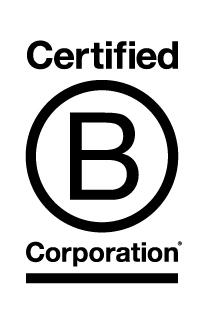
Using business as a force for good
Certified B Corps are companies verified by the non-profit B Lab® to meet high standards of social and environmental performance, transparency and accountability.
Copernicus has been a B Corp since 2018 and will be re-certifying at the end of 2024.



We increased our initial score from 80.5 to our current score of 82.5 when we recertified in 2024 and hope to see our score improve again.
